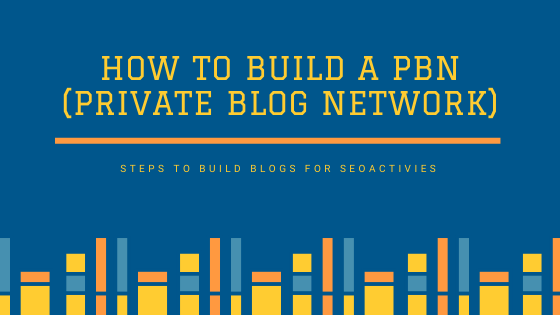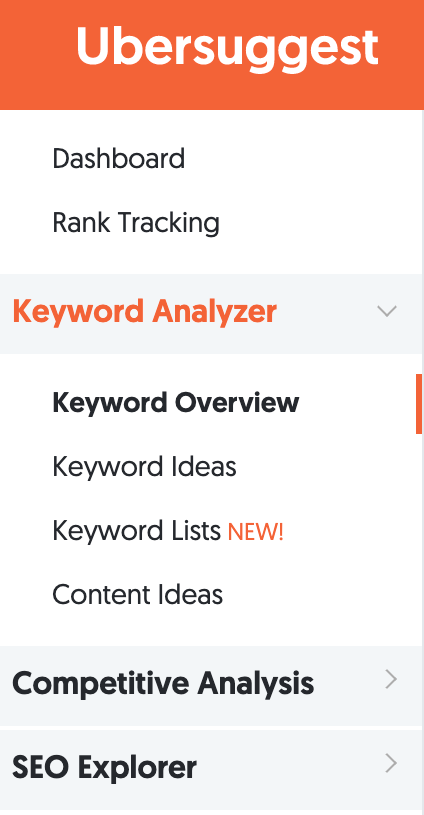All Categories
Featured
Table of Contents
- – What Are The Highest Rated Semantic Seo Optimi...
- – Who Is The Most Reliable Semantic Seo Guide Se...
- – Which Is The Leading Best Semantic Seo Tools ...
- – What Is The Most Reliable Semantic Seo Framew...
- – Top-Rated What Is Semantic Seo To Buy
- – Who Is The Top Semantic Seo Services
- – What Is The Premier Semantic Seo Framework C...
The web is changing, coming to be extra and extra semantic. SEO is also transforming and becoming more semantic. This is because online search engine have actually progressed and are relocating increasingly more in the direction of reviewing content on the internet. Of training course, that has additionally changed the means we develop material, specifically if we wish to place far better in the search engines.
Intertwingularity is not usually acknowledged, individuals keep acting they can make things deeply ordered, categorizable and sequential when they can't. Based on the relationships in between search intents, the search engine favors a web content in positioning by calculating the range between the vectors of definition.
It enables you to see, beginning from a subject, all the entities that belong to that topic. In this manner you can clearly see which entities/concepts/ideas have currently been covered on your site, and you can discover brand-new chances by recognizing what content you can add and just how to develop it.
What Are The Highest Rated Semantic Seo Optimization Tools?
It has the ability to make your material understandable for online search engine on the one hand and for your target market on the other. Structuring your content design highlights your web content and its hidden partnerships so that online search engine can recognize you amongst hundreds of items of information, making you much more visible to individuals that fulfill the search intent pertaining to your company.
In semantic SEO copywriting, an editor begins with a more comprehensive series of subjects and customizes the web content to include semantically appropriate terms and phrases that help viewers understand a topic, comparable to checking out material in a wiki. From a material writing viewpoint, one sensible method to do this is to produce a vocabulary of terms and concerns bordering your target subject.
Who Is The Most Reliable Semantic Seo Guide Service
Find out more regarding by enjoying the by!.

Semantic search refers to the process of how online search engine recognize and match key words to a searcher's intent in natural search results page. Before semantic search, online search engine like Google operated like matchmakersaligning particular words in your query with those exact words on pages. The results were simple however usually did not have deepness.
Which Is The Leading Best Semantic Seo Tools Company
It allows Google to use fast, precise responses to search questions concerning real-world subjects. When you type an inquiry word into Google, you're not just entering a series of words.
When you browse for "Apple," Google doesn't just see a word that explains a fruit. It identifies Apple as a business and can offer associated info. Like the name of its CEO, Tim Cook, or its latest stock rates. Google revealed the Hummingbird upgrade in 2013. It was Google's response to the surge of voice searches, where questions came to be more conversational and nuanced.
What Is The Most Reliable Semantic Seo Framework Available
By incorporating NLP, Hummingbird allowed Google to relocate past mere keyword matching. It assisted the search engine comprehend search intent, raising the chances that results would precisely match the reason behind a customer's search.
RankBrain is an artificial intelligence system that assists Google interpret questions it hasn't seen prior to. It can make assumptions about words and phrases it does not acknowledge and filter results accordingly. Making it extra effective at managing never-before-seen search queries. RankBrain takes into consideration greater than just keywords when analyzing a search question.
It fetches results that match the search phrases and line up with the total intent of offering young puppy training advice. And if the user regularly looks for dog-related content, Google may focus on more in-depth training guidesrecognizing the user's recurring interest in the topic. Incorporating technologies like the Understanding Chart, Hummingbird, and RankBrain, semantic search aids the Google algorithm translate and connect data throughout a substantial web of information.
Top-Rated What Is Semantic Seo To Buy
The emphasis shifts from keyword selection to an alternative approach encompassing individual intent, topical importance, and total individual experience. Creating content that addresses the searcher's requirements with comprehensive info can boost your SERP rankings. Listed below, we outline the trends and practices that combine the demand for semantically educated material. Later, we offer workable pointers to transform these insights into best techniques.
A broader technique to content aligns much better with semantic search's change away from specific key phrase matching and toward user intent. Content that covers search questions much more extensively not only satisfies users.
And 5 times greater than websites that take 10 seconds to tons. While technical SEO ensures optimal internet site performance and availability, concentrating on user experience (UX) takes it an action even more. UX intends to create an aesthetically attractive, easy to use interface with appealing, quality web content that motivates site visitors to stay. Semantic search modern technology makes it possible for search engines to go for results that give the very best possible UX.
Who Is The Top Semantic Seo Services

All showcase Google's capability to deal with a topic query thoroughly. By comprehending the context and intent behind customer queries, search engines can deliver much more appropriate info and possibly boost individual interaction. Customization in search engine result makes for much better UX.Based on your previous search history and choices as a customer, semantic search assists internet search engine tailor the outcomes to match your unique demands and rate of interests.
So it fetches outcomes that match the key phrases and align with the overall intent of giving puppy training recommendations. And if the user often searches for dog-related web content, Google could prioritize a lot more thorough training guidesrecognizing the individual's continuous rate of interest in the topic. Integrating technologies like the Understanding Chart, Hummingbird, and RankBrain, semantic search helps the Google algorithm interpret and link information throughout a substantial internet of details.
What Is The Premier Semantic Seo Framework Company
The emphasis changes from keyword option to a holistic approach encompassing customer intent, topical significance, and overall user experience. Creating web content that addresses the searcher's demands with comprehensive details can boost your SERP positions. Below, we describe the fads and techniques that consolidate the demand for semantically educated content. Later, we supply actionable pointers to transform these insights into best practices.

A wider strategy to material aligns better with semantic search's change away from specific keyword matching and towards user intent. Content that covers search questions a lot more completely not only satisfies individuals.
And 5 times more than sites that take 10 seconds to tons. While technological search engine optimization makes certain optimum internet site efficiency and availability, focusing on individual experience (UX) takes it an action additionally. UX intends to develop an aesthetically appealing, user-friendly interface with engaging, high quality material that urges visitors to remain. Semantic search innovation enables online search engine to go for results that supply the most effective feasible UX.
All showcase Google's capacity to address a subject query comprehensively. By recognizing the context and intent behind user queries, search engines can provide more pertinent details and potentially boost customer involvement. Customization in search engine result makes for far better UX.Based on your past search background and preferences as an individual, semantic search helps look engines customize the outcomes to suit your distinct demands and interests.
Table of Contents
- – What Are The Highest Rated Semantic Seo Optimi...
- – Who Is The Most Reliable Semantic Seo Guide Se...
- – Which Is The Leading Best Semantic Seo Tools ...
- – What Is The Most Reliable Semantic Seo Framew...
- – Top-Rated What Is Semantic Seo To Buy
- – Who Is The Top Semantic Seo Services
- – What Is The Premier Semantic Seo Framework C...
Latest Posts
What Is The Premier Semantic Seo Content Strategies Company?
Whats The Most Suitable Semantic Seo Checklist To Buy
How Much Should I Pay For Structured Data For Semantic Seo?
More
Latest Posts
What Is The Premier Semantic Seo Content Strategies Company?
Whats The Most Suitable Semantic Seo Checklist To Buy
How Much Should I Pay For Structured Data For Semantic Seo?